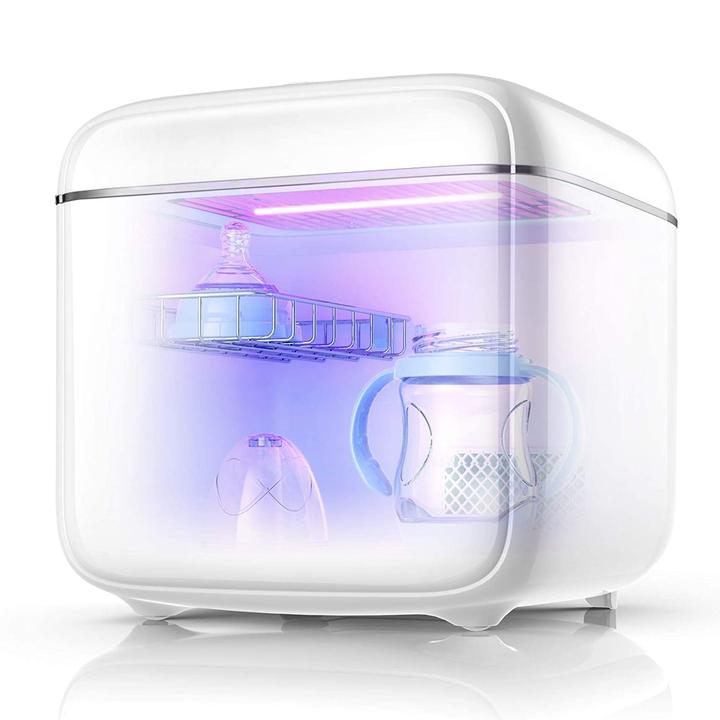Home disinfection and sterilization should not be done in most families. In 2020, 84 and alcohol disinfectants are more common in households.
In fact, there are still many places where bacteria are prone to breed in the family, such as
Kitchens, refrigerators, cupboards, shoe cabinets, toilets; these are more prone to bacteria, and will be more prone to odor. With the increase of people's awareness and the improvement of living standards, most families have taken certain measures.
For example, the bathroom is sprayed with 84 or alcohol disinfectant; those with better household conditions are equipped with a tableware disinfection cabinet, an ozone washing machine to remove pesticides and bacteria, and disinfect shoe cabinets, etc.
The price of this series is not cheap.
These products basically use high temperature, ozone and ultraviolet rays to sterilize
Which one is more suitable for home use, ozone or ultraviolet light?
UV disinfection characteristics
The characteristic of uv sterilizer is that it is applied outside the area above the processing line. Because ultraviolet light is a kind of light that cannot be turned, it can kill some bacteria where it is irradiated. The disadvantage of ultraviolet sterilization lamp is that the radiation intensity distribution is not uniform. Consistent, the center is the strongest, and the intensity at the outside of the lamp end is attenuated significantly. The longer the irradiation distance, the weaker the intensity; where it is not irradiated, it is easy to produce dead spots for sterilization. And the life of the UV lamp is limited.

ozone
Ozone (O), also known as super oxygen, is an allotrope of oxygen (O). At room temperature, it is a light blue gas with a special smell. The earth's flat flow is full of ozone, which is used to isolate the human body from the harm of cosmic ultraviolet rays.
Ozone sterilization or antibacterial effect:
1. Acting on the cell membrane, resulting in an increase in the permeability of the cell membrane, the outflow of intracellular material, and the loss of cell activity;
2. Inactivate enzymes necessary for cell activity;
3. Destroy the genetic material in the cell or make it lose its function. Ozone kills viruses by directly destroying ribonucleic acid or deoxynucleic acid. To kill bacteria and mold microorganisms is the first action of ozone on the cell membrane, which damages the structure of the cell membrane, causing metabolic disorders and inhibiting its growth. Ozone continues to penetrate and destroy lipoproteins and lipopolysaccharides in the membrane, and change cell permeability. Cause cell lysis and death.

